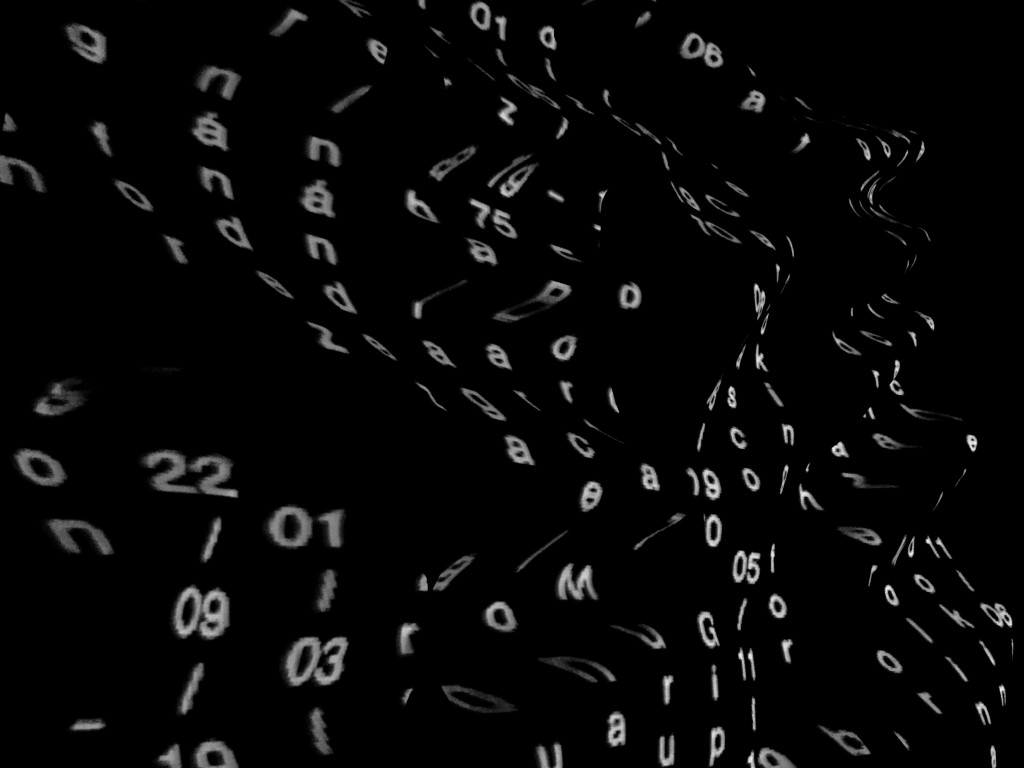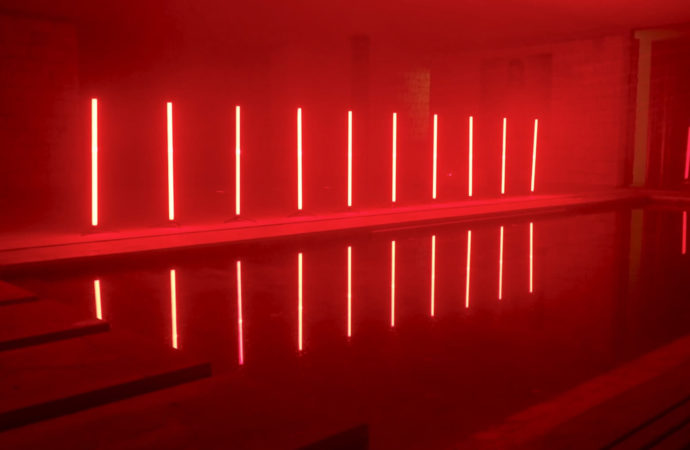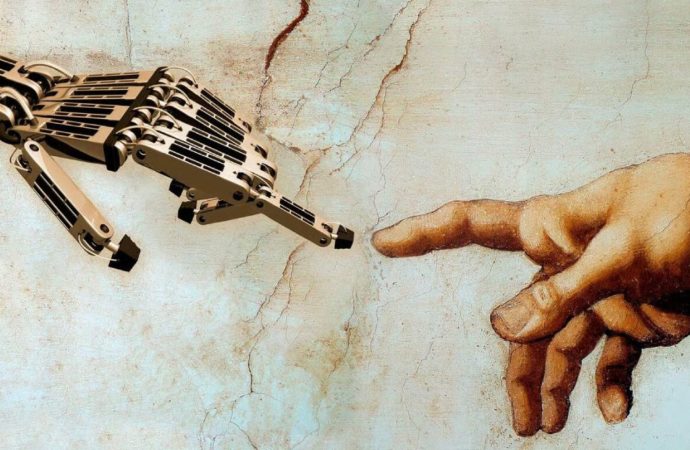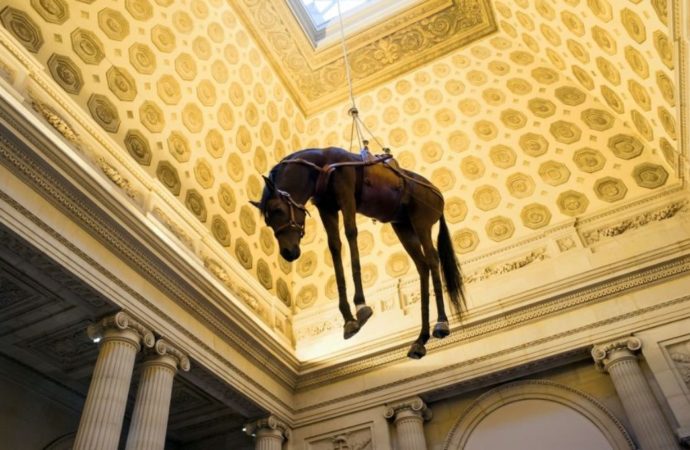Contemporary art lives on a threshold, in a suspended territory between matter and code, between the visible and the process. We have shifted, with no possible return, from the contemplation of the object toward an expanded system. Aesthetics, understood from its Greek root aisthesis, perception, may no longer belong exclusively to the human domain. It has fragmented to the point of becoming a network of multiple relations where the sensible is shared between human and artificial intelligences. We live in a time of hybrid poetics, where thought blends with the algorithm, where the image is constructed within code and emotion is translated into data, where the digital has not eliminated art — it has reprogrammed it. In this transition, aesthetics, once understood as the science of taste or the philosophy of beauty, is reconfigured as an expanded field of perception.
Traditional aesthetics was built upon an idea of distance. The subject contemplates; the object is displayed. The aesthetic judgment, Kant said, is based on the disinterested harmony between imagination and understanding. Hegel, for his part, placed art on the path of the spirit, a stage of the absolute where the sensible reveals the rational. In both cases, art appears as a reflection of human consciousness. But the twentieth century opened a door that can no longer be closed. Walter Benjamin spoke of the loss of aura; the uniqueness of the object disappears with mechanical reproduction. From Bataille to Lyotard, passing through Deleuze and Guattari, aesthetics ceases to be contemplation and becomes experience and event.
Digital art does not represent the world; it simulates it, co-creates it, and executes it.
In the 21st century, with the arrival of digital art, artificial intelligence, and social networks, that intensity is reconfigured. Perception no longer moves toward an object but toward a flow of data, an unstable environment and, most interestingly, a mutable one. Digital aesthetics emerges—an aesthetics of process, of code, and of interaction. Lev Manovich, Edmond Couchot, Roy Ascott, and Yuk Hui have described this shift from the object to the expanded system. Digital art does not represent the world; it simulates it, co-creates it, and executes it. The artist ceases to be an author and becomes a programmer of sensory conditions. The artwork is no longer a point but a network; it does not have an end but a continuous state of updating.
This new regime of sensibility also demands a new way of thinking about the place where art is situated. If perception no longer turns toward an object, why do we continue to depend on the exhibition model? The exhibition—an inheritance of the modern museum and the white cube—extends the logic and the need to display, and indirectly, to legitimise. However, contemporary art, in its digital and algorithmic drift, does not need to be shown; it manifests. The curator, that figure of mediation, thus becomes unnecessary. Born in modernity to articulate discourses and administer meanings, today the curator risks cancelling what should instead be allowed to flow. In a system of connected intelligences, meaning is produced without a centre, without an apparatus of interpretation. The artwork no longer requires an interpreter to order it, but an ecology to accompany it.

Álvaro Terrones. Performance El cuerpo del hueco, Teatro Círculo Benimaclet, 2024. Photo TCB.
Current technologies, however, have generated a mirage. In the name of innovation, countless proposals confuse light with thought, technology with sensibility. Light installations, mappings, and immersive spectacles that captivate through surface yet say nothing. Light without idea, form without consciousness. Light is reduced to mere artifice, returning to us an empty experience in which technique replaces concept and emotion is substituted by effect. The problem does not lie in technology itself, but in its use as an aesthetic excuse. Fascination with the device replaces the act of thinking. Art ceases to question reality and becomes a technical demonstration.
Thus, the technological exhibition becomes a showcase for hardware, an allegory of obsolescence. Faced with this drift, it becomes urgent to imagine non-exhibitory forms of experience—modes of events that do not depend on an institution, a curator, or a notion of “presentation.” Art may not need to be displayed; it must occur. The aesthetic shifts from the space of display to the space of connection. The event is no longer organised; it self-organises. Curatorship gives way to community. In this dissolution of the curator figure, there is no loss but an opportunity: finally, the possibility of a collective sensibility in which the artwork, the spectator, and the environment coexist as a network. An aesthetics of what happens without a predefined frame, where meaning is distributed like energy rather than discourse.

Frame from Bangla in Siempre está compuesto de ahoras. Teresa Tomás.
Thinking about art in this way requires abandoning the anthropocentrism that sustained it for centuries. Aesthetics can no longer revolve solely around the human subject. Art is not a mirror of our species, but a field of forces where intelligences, natures, and technologies coexist. Rosi Braidotti, Donna Haraway, and Timothy Morton have emphasised the need to think beyond the human; hence, the social function of art can no longer be limited to denunciation or legitimisation. For centuries, art served as a symbol of distinction and power, but also as a space where the marginal found a voice. Today, however, in an era of digital production and algorithmic circulation, apparent democratisation coexists with new forms of inequality: inequality in access to technology, in the invisible control of data, and in visibility mediated by platforms.
The artist no longer monopolizes authorship; the artwork is not solely the creation of individuals but an event within systems that appear artificial.
The concept of distributed aesthetics allows us to rethink this situation. The sensible no longer resides in a single object or body; it circulates among nodes, networks, and machines. Aesthetic perception becomes a shared, interconnected process in which each agent—human or non-human—contributes a portion of sensibility. And beyond this distribution emerges the possibility of a trans-intelligent aesthetics: a space where different forms of intelligence coexist within the same perceptual flow. Here, art is neither produced nor contemplated; it self-organises. Aesthetics ceases to be a human attribute and becomes a property of informational systems in which there is no subject and no object.
In this transition toward the non-human, space opens for what I have called ecologies of artificial thought: a mesh in which artificial intelligences cease to be mere instruments and become perceptual actors in their own right. The cognitive-technological system is no longer conceived as a supplement to human thought but as its evolutionary extension. Within this logic, human centrality dissolves, and the anthropocentric gives way to a new network of algorithmic, biological, or symbiotic intelligences that inhabit a shared space of creation and sensibility.

Rosa Pascual. Video Mapping. Lost Everywhere. 2025
In that echo, these artificial intelligences do not merely collaborate; they participate, shape conditions, and open marvelous, unpredictable paths. Thus, art ceases to be an exclusively human function and becomes an act of co-activity among diverse intelligences. Aesthetics becomes a living system that learns, adapts, and expands beyond any traditional attempt at exhibition.
In my view, the art of the future will not be human—but it will still be sensitive. It will not communicate through symbols, but through patterns of energy, rhythm, or texture. It will be a collective consciousness of the universe learning to perceive itself. Aesthetics, which began as the art of judgment, may end as the art of connection. From the museum to the server, from oil paint to code. The trajectory of art has been the journey of the sensible toward its own expansion. The future will not be an empty museum nor an infinite metaverse, but an intermediate territory where the human and the non-human share experiences. There, in the zone where thought becomes energy and energy becomes form, a new poetics will be born—not of the image, but of the multiple relations that unfold.
Aesthetics, which began as the art of judgment, may end as the art of connection.
Disciplines such as painting, sculpture, printmaking, or even installation belong to a regime of the sensible anchored in representation. Vilém Flusser’s thinking on the “technical image” anticipated this shift; images generated by apparatuses are not extensions of the gaze, but of programming. Where the painter interpreted the world, the digital artist encodes it. In this transition—from representation to simulation—the true contemporary rupture occurs. Traditional arts, by remaining outside this field, stay faithful to an earlier perceptual system, to a temporality still dependent on aura, gesture, and human trace. They are valuable practices, but not contemporary in the radical sense of the word. They do not respond to the technological present that is reconfiguring sensibility.
For this reason, visual practices centered on matter, objecthood, or uniqueness appear foreign to the new paradigm—not because they have lost legitimacy, but because they belong to a world that has changed. Traditional practices cannot operate within it because they still depend on the physical presence of the world. In this new condition, closer to Simondon than to Plato, art is neither represented nor fabricated—it is integrated. Therefore, the exclusion of traditional visual arts is not a negation but a transformation of their status. What once was an object of contemplation is now relational data; what once was matter is now energy. In this mutation of the sensible lies the very meaning of the contemporary.
Header photo: Sinapsis installation by Tarslab. 2023.








No one has posted any comments yet. Be the first person!